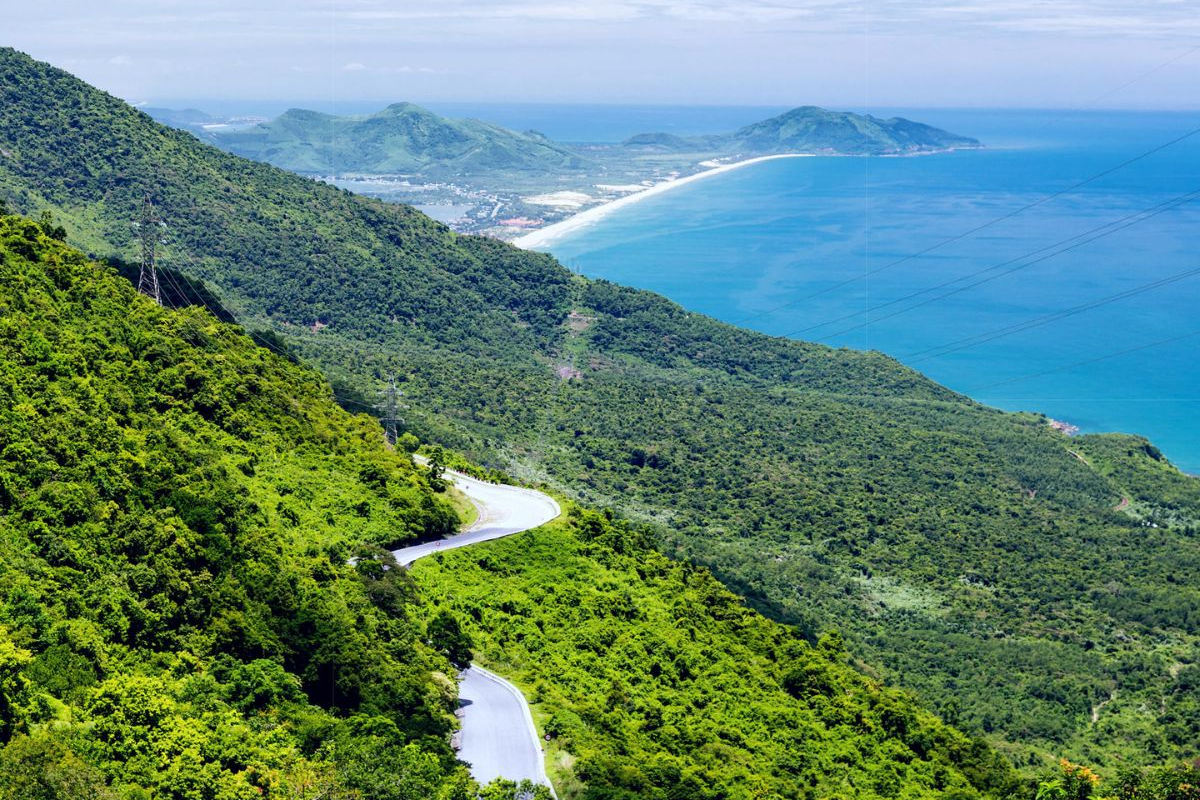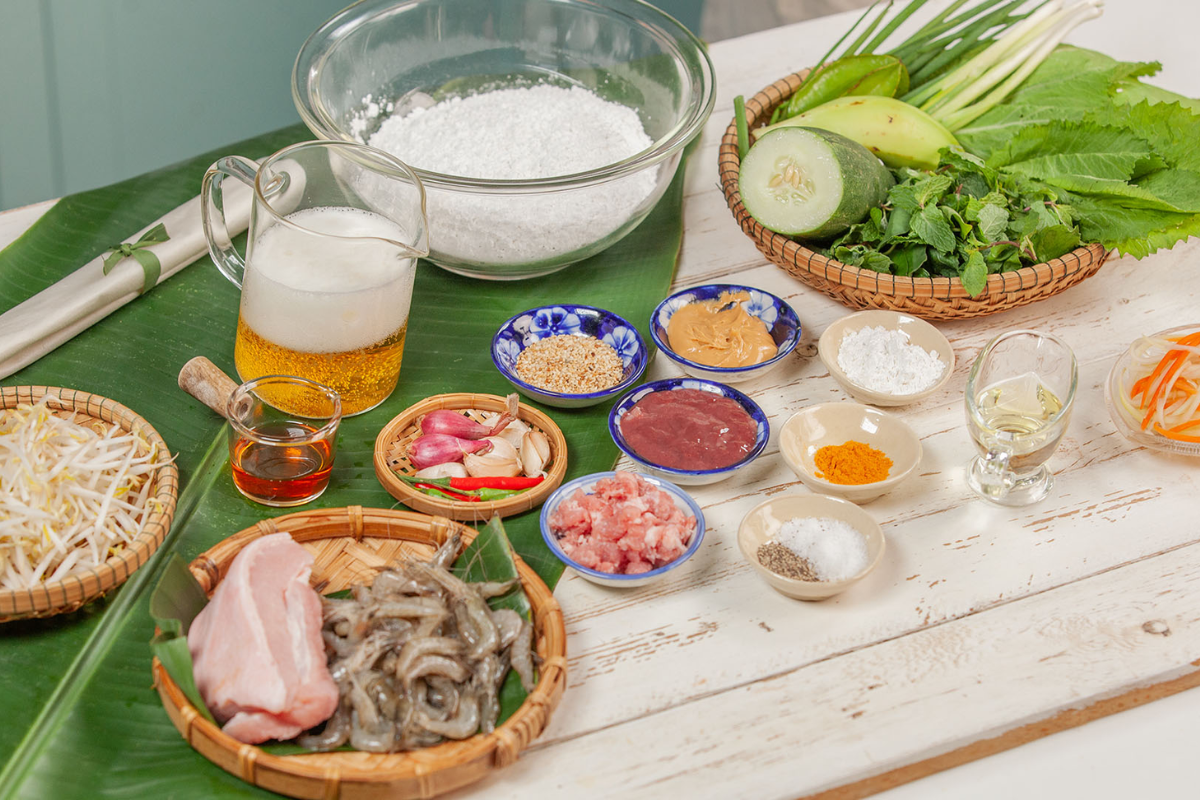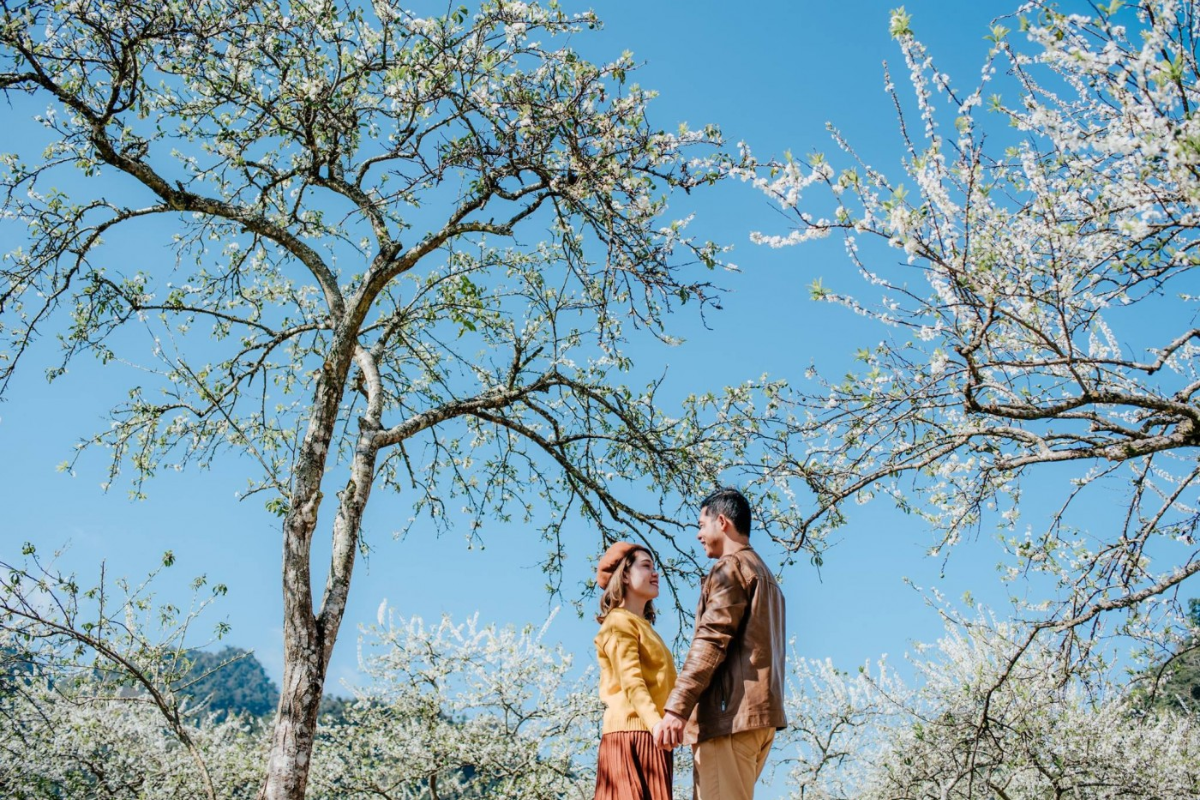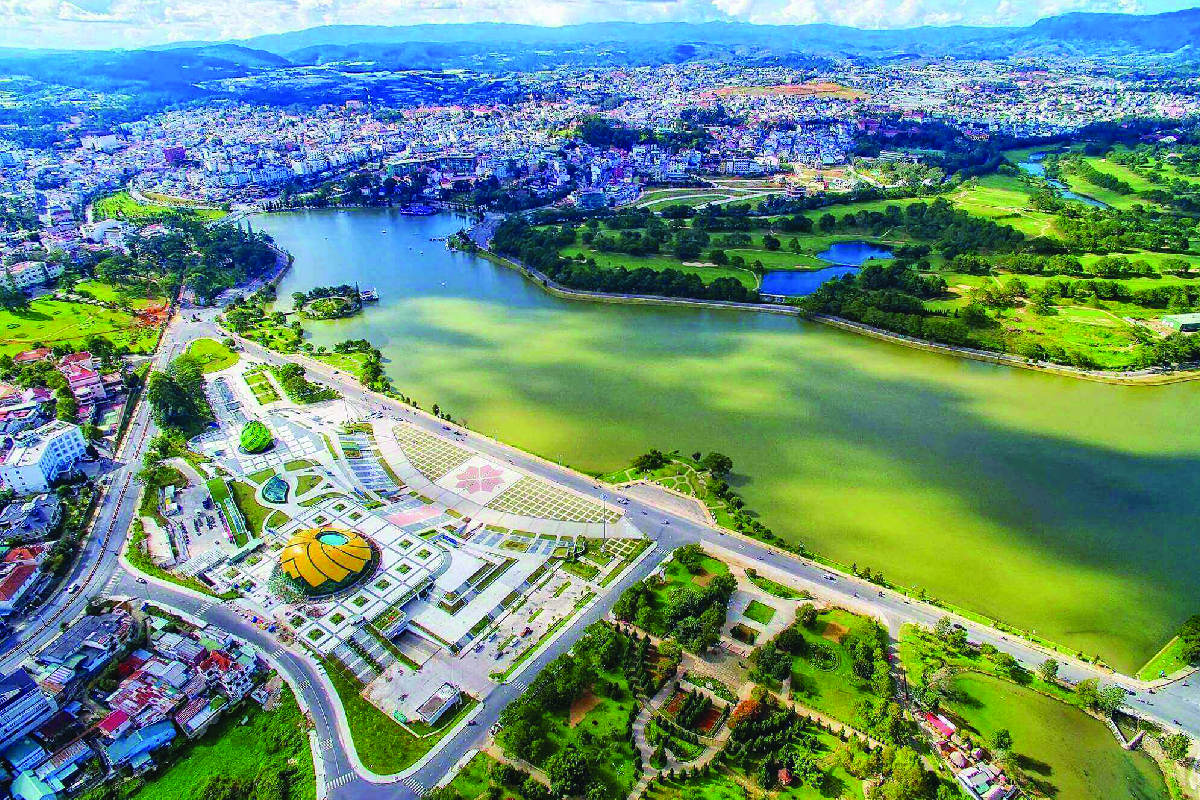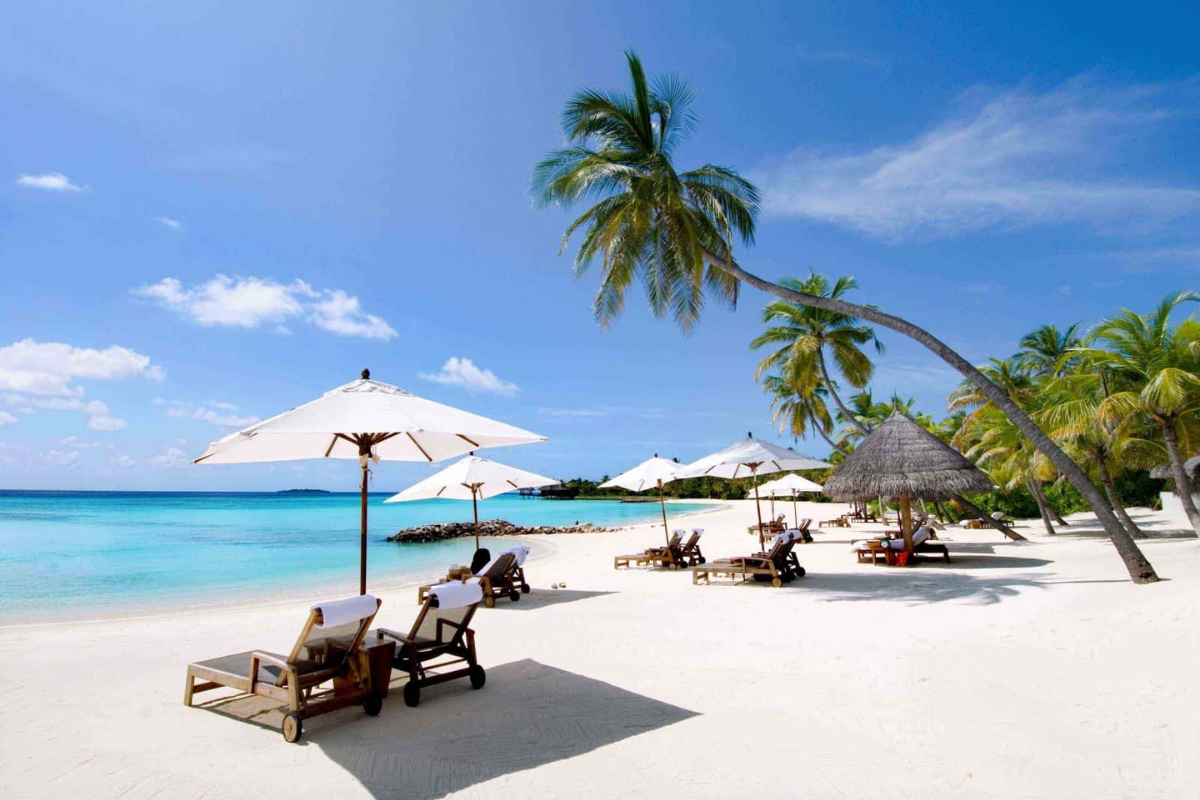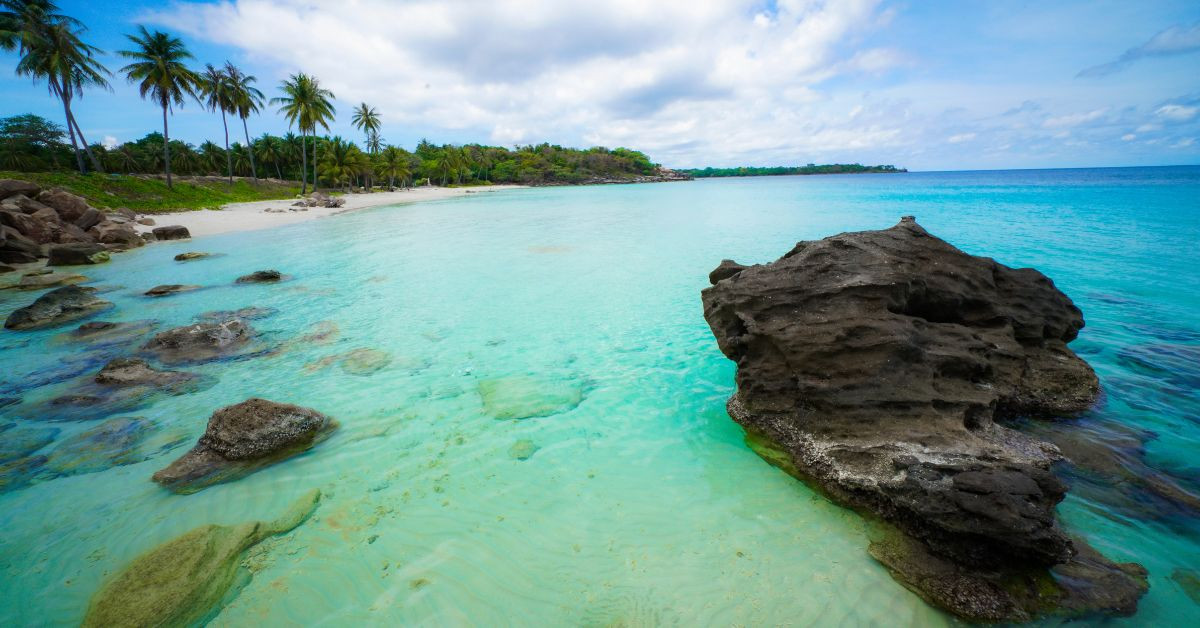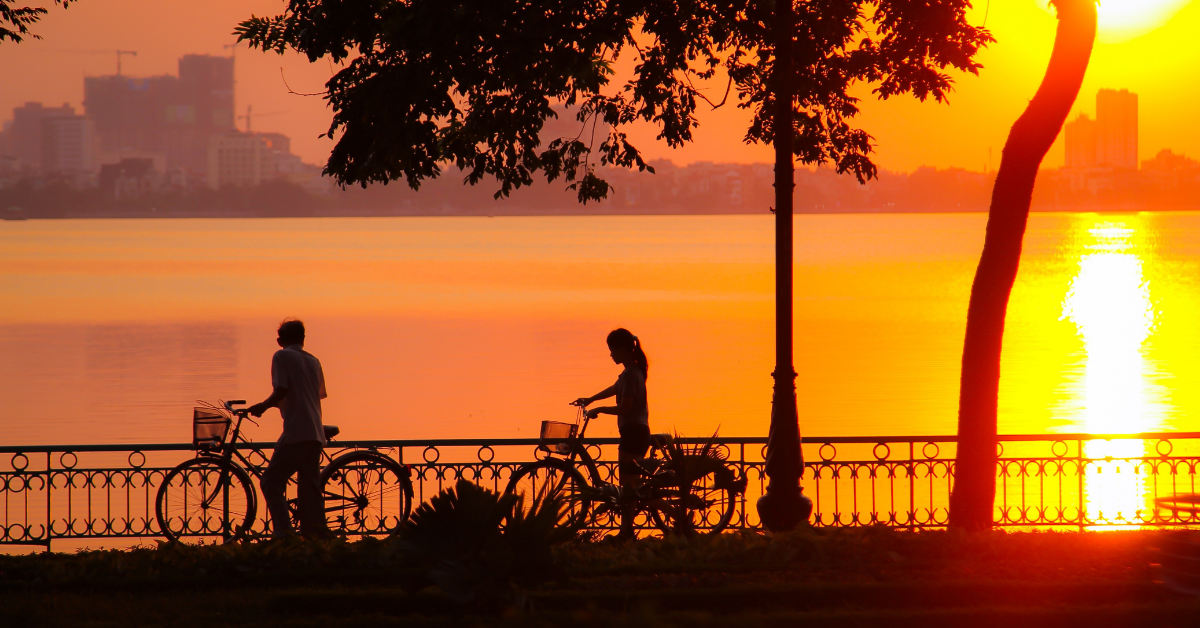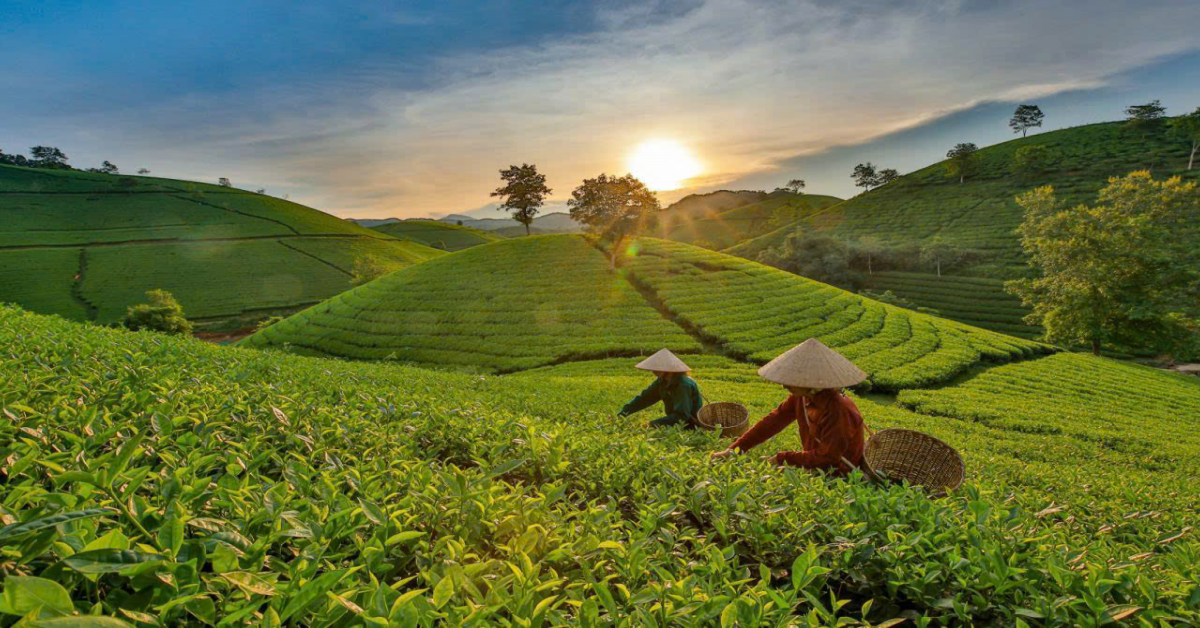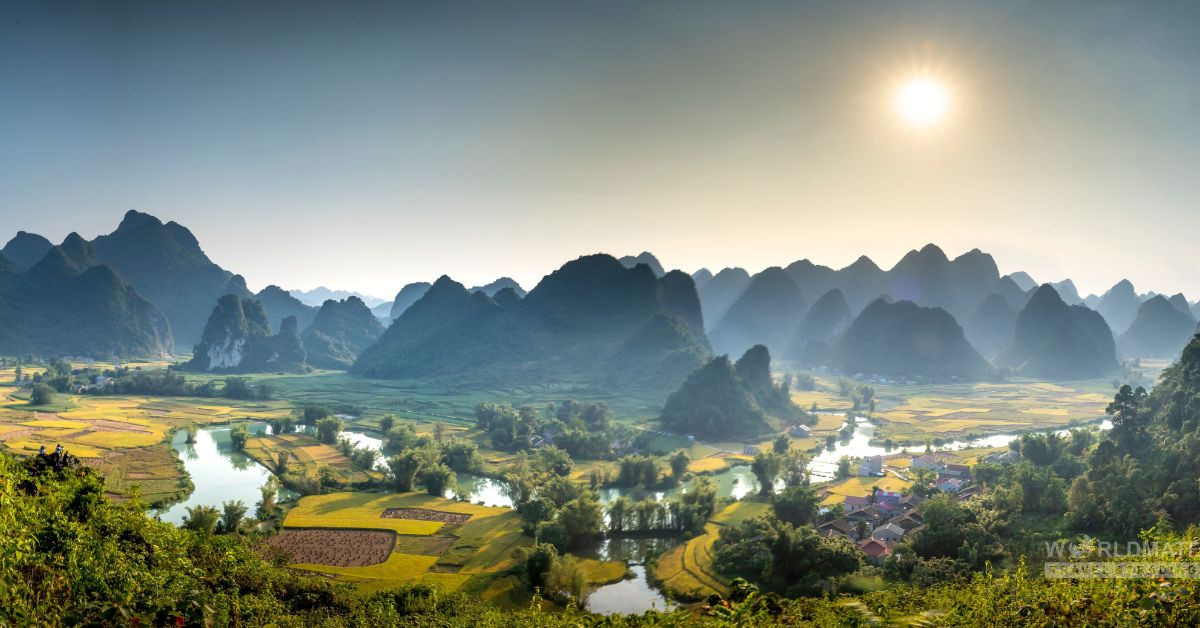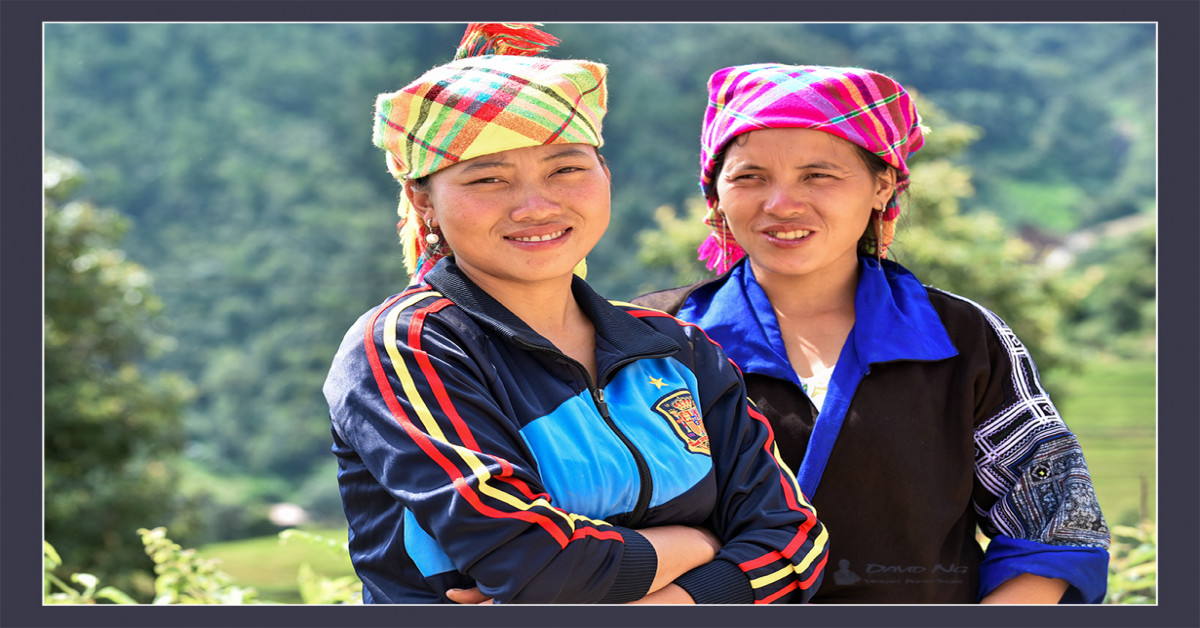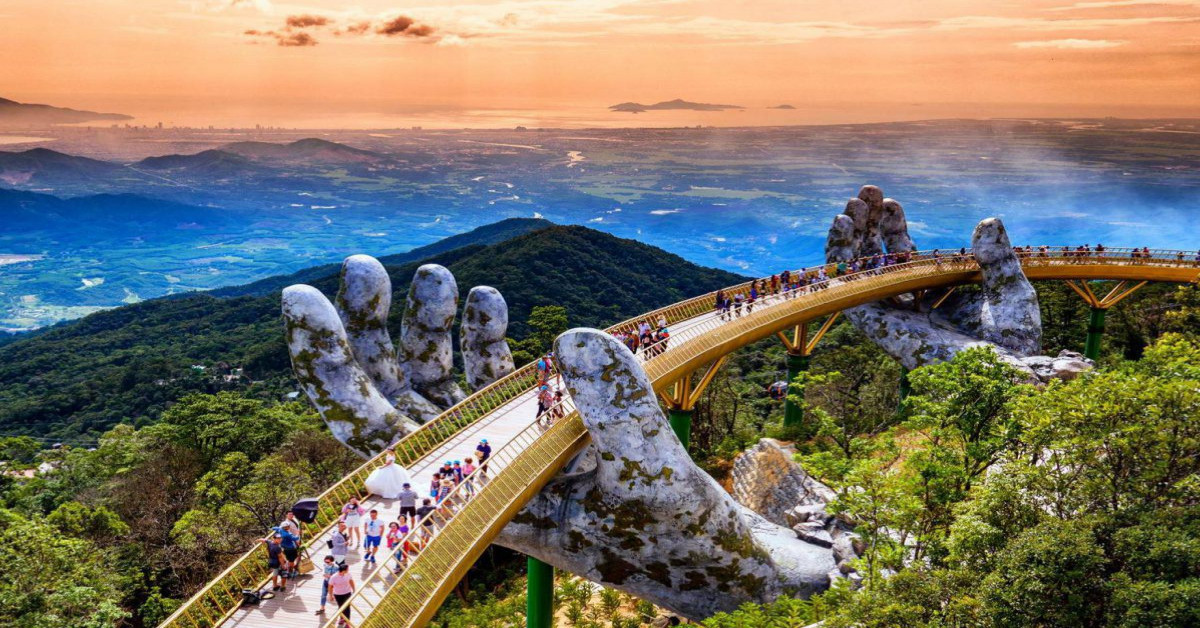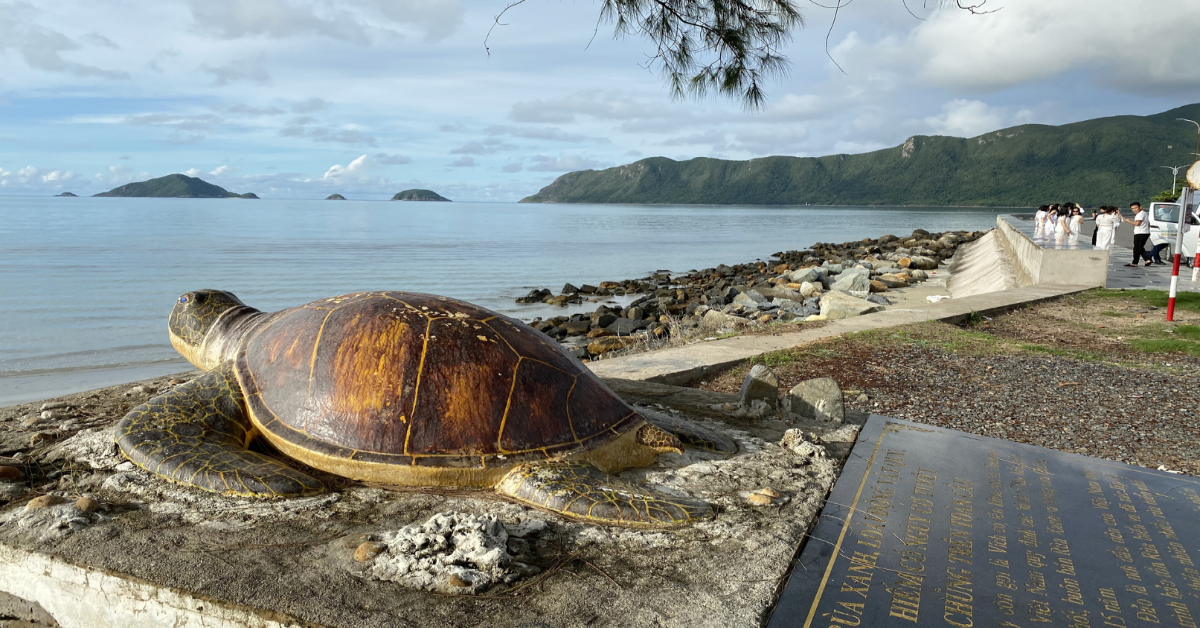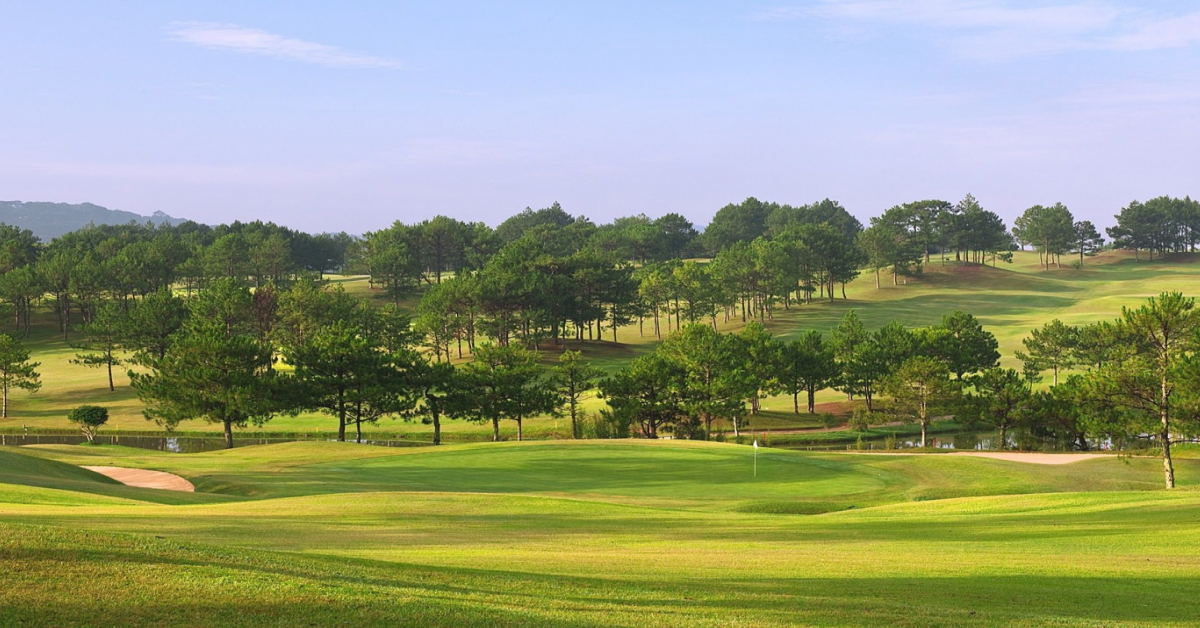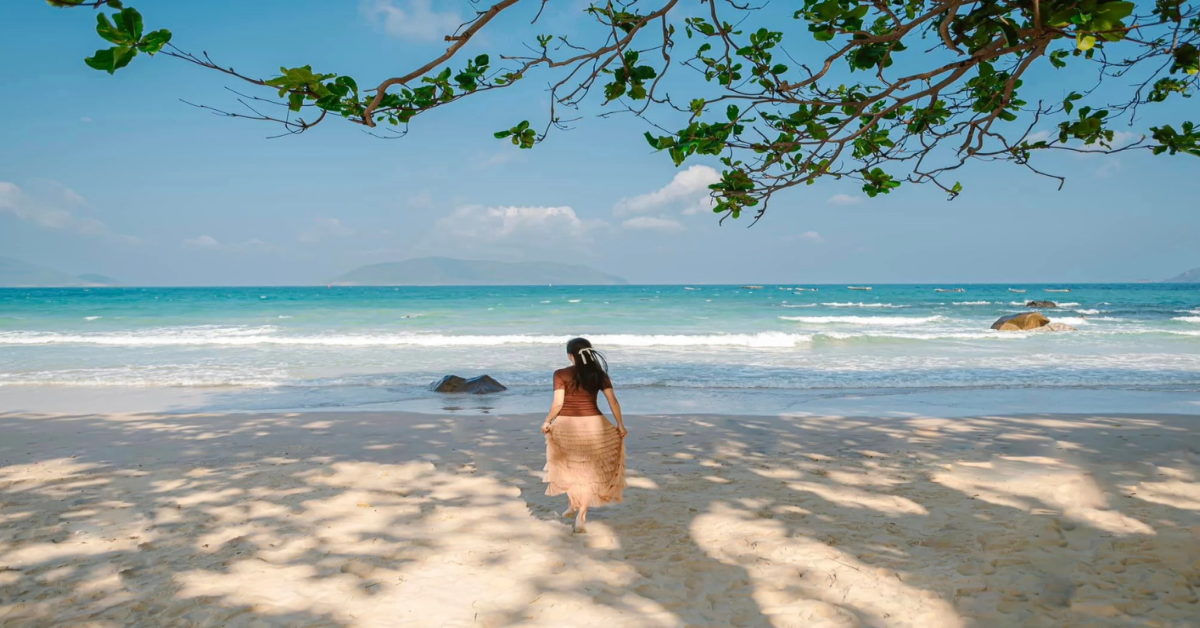The colorful traditional costumes of the Hà Nhì Hoa ethnic group
As one of the most elaborate traditional costumes of ethnic minorities in the highland regions, the traditional attire of Hà Nhì Hoa women is vibrant and lively, like the flowers of the Northwest mountains.
The Hà Nhì ethnic group is one of the 54 ethnic groups living in Vietnam. Hà Nhì is their self-identifying name, but they are also known by other names such as U Ní, Zá U Ní, and Hà Nhì Già. Besides the Hà Nhì Đen group, mainly residing in Lào Cai province, there are two other branches: Hà Nhì Cồ Chồ and Hà Nhì Lạ Mí (collectively known as Hà Nhì Hoa), living in the western provinces, predominantly in Điện Biên.
In these regions, the Hà Nhì people preserve many traditional cultural aspects that deeply reflect their ethnic identity, such as social customs, folklore, traditional performing arts, and traditional festivals. Above all, their traditional costumes are meticulously crafted by the skillful hands of women, embodying the cultural essence and various beautiful and meaningful elements.
The traditional costume of Hà Nhì women includes a headscarf, an inner long dress (áo dài), an outer short jacket (áo ngắn), and pants. The clothing of Hà Nhì women is distinguished by age and functional usage.
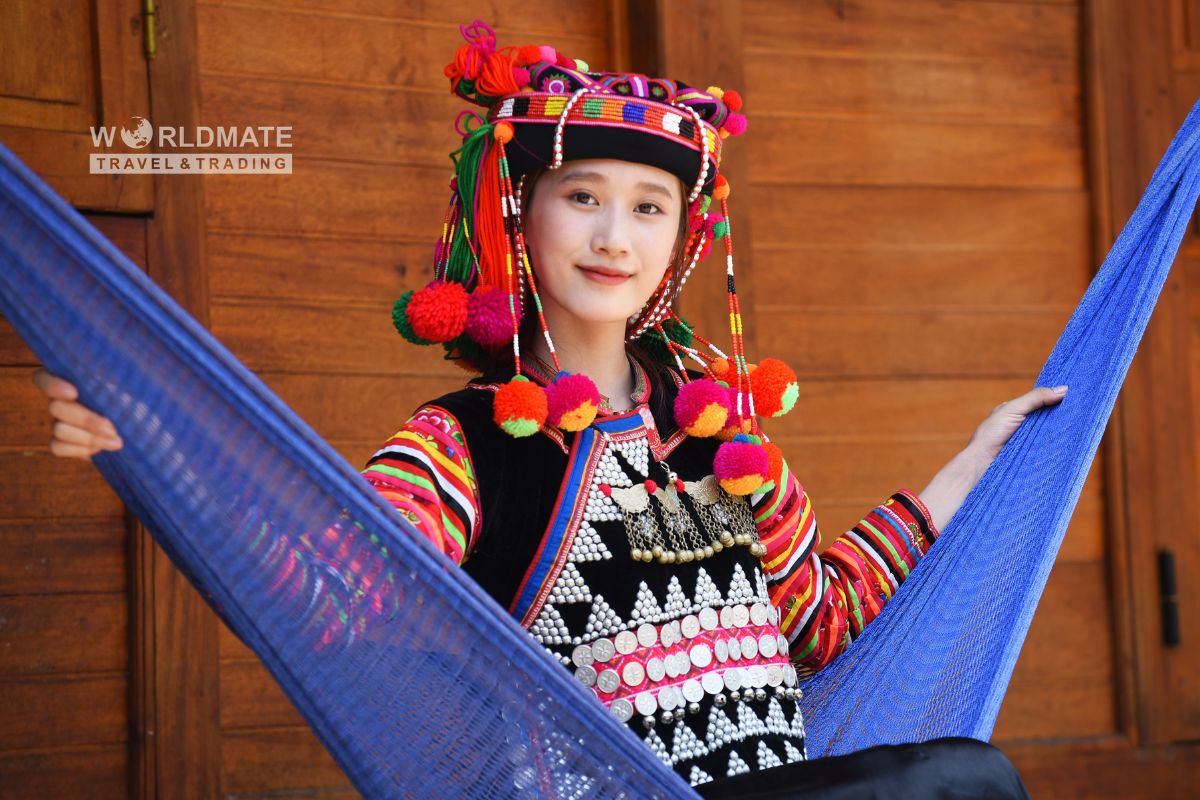
Many elderly Hà Nhì women recall that their costumes have vibrant colors because in the past, the region where the Hà Nhì people lived experienced very cold winters. Choosing bright and warm colors helped alleviate the visual perception of the cold in the borderland region.
Initially, the traditional costume of the Hà Nhì people originated from the need for covering the body, keeping warm, and enhancing beauty. Gradually, the delicate beauty perception from folk beliefs and the grandeur of nature in the mountains and forests inspired the Hà Nhì people to create and embed in their traditional clothing various patterns and motifs symbolizing folk beliefs about the spiritual world, daily life, and everyday labor.
Every Hà Nhì woman, since childhood, has been taught by her mother how to make her own traditional costume. Some costumes are intricately crafted, with patterns made of silver instead of aluminum. Every day, after spending time in the fields, they find time to embroider a little bit. Some may take several years to complete their own traditional costume.
The traditional costume of Hà Nhì women consists of three main components:
Tro Pà (headwear): A circular headband wrapped around the hair, sewn with fabric and adorned with colorful beads.
Ù Khu (scarf): A square piece of cloth sewn in three layers. The main layer is a black square piece of fabric, measuring about 1.2m x 1.2m, with one side in solid black and the other side having three small pieces of fabric (about 4cm each) in blue, red, and yellow, placed next to each other and bordered by the black fabric. Colorful flower patterns are embroidered at the corners of the scarf, with four tassels hanging down from each corner. Each tassel consists of a string of beads, about 17-20cm long, with a bunch of colorful yarn on each end. When wearing the scarf, the two tassels are twisted to the sides and hang down gracefully.
Áo Dài and Áo Ngắn (long and short tops): The Áo Dài (Á Khò Khò Mó) is a five-part top, split at the chest and the hem, with buttons on the left side. The main body of the top is black or dark gray. The collar, body, and sleeves are intricately embroidered with patterns representing mountains, rivers, zigzag lines, fruits, and flowers using colorful threads such as red, pink, yellow, green, orange, etc. These patterns reflect the daily life and the relationship of the Hà Nhì people with nature, expressing the spirit of unity and community.
The sleeves are also embroidered with intricate patterns. To make the outfit even more eye-catching, Hà Nhì women often use patchwork with small pieces of colorful fabric on the sleeves, starting from the shoulders to the wrists. For middle-aged and elderly women, the sleeves are patched with darker-colored fabrics, mostly in green and black. For young married women and unmarried girls, the sleeves are patched with colorful and bright fabrics, mainly in red, pink, blue, and white, symbolizing the rainbow colors and the flowers of the mountains and forests. Thus, the sleeves of the Áo Dài can be used to distinguish women of different age groups.
The Áo Ngắn (Á Khò Khò Tư) is the most prominent part of the traditional costume of Hà Nhì women. It has a length equal to half of the Áo Dài, with no sleeves and is fastened with silver buttons on the right armpit. The collar and edges of the top are embroidered with various patterns, ranging from simple to complex, such as chain patterns, human figure patterns, moon patterns, mountain patterns, star patterns, flower and leaf patterns, etc. The embroidery is done with red, pink, yellow, and green threads, creating a striking contrast on the black fabric, adding brightness and radiance to the women's appearance.
Around the chest area of the top, there are many raised aluminum beads (called "cứ khọ"), with a diameter of 0.5 - 0.7 cm, forming a series of continuous triangular shapes symbolizing the mountains and representing the natural landscape and the spiritual beliefs of protecting the forest and preserving human livelihood. In the center of the chest, there are raised aluminum beads arranged in triangular shapes, and metal coins symbolizing the moon, the sun, and prosperity, which produce sounds when moving. These sounds serve as signals for young men to approach young women, adding beauty and showcasing the wealth and prosperity of the wearer.
Despite the ups and downs of history, the traditional costume of the Hà Nhì ethnic group has continued to exist, preserved, and remained vibrant through generations. With their artistic talent in clothing design, the Hà Nhì people in Mường Nhé district have created their own unique characteristics for their traditional costumes, contributing to the diversity and richness of the cultural identity of the ethnic groups in Điện Biên province.
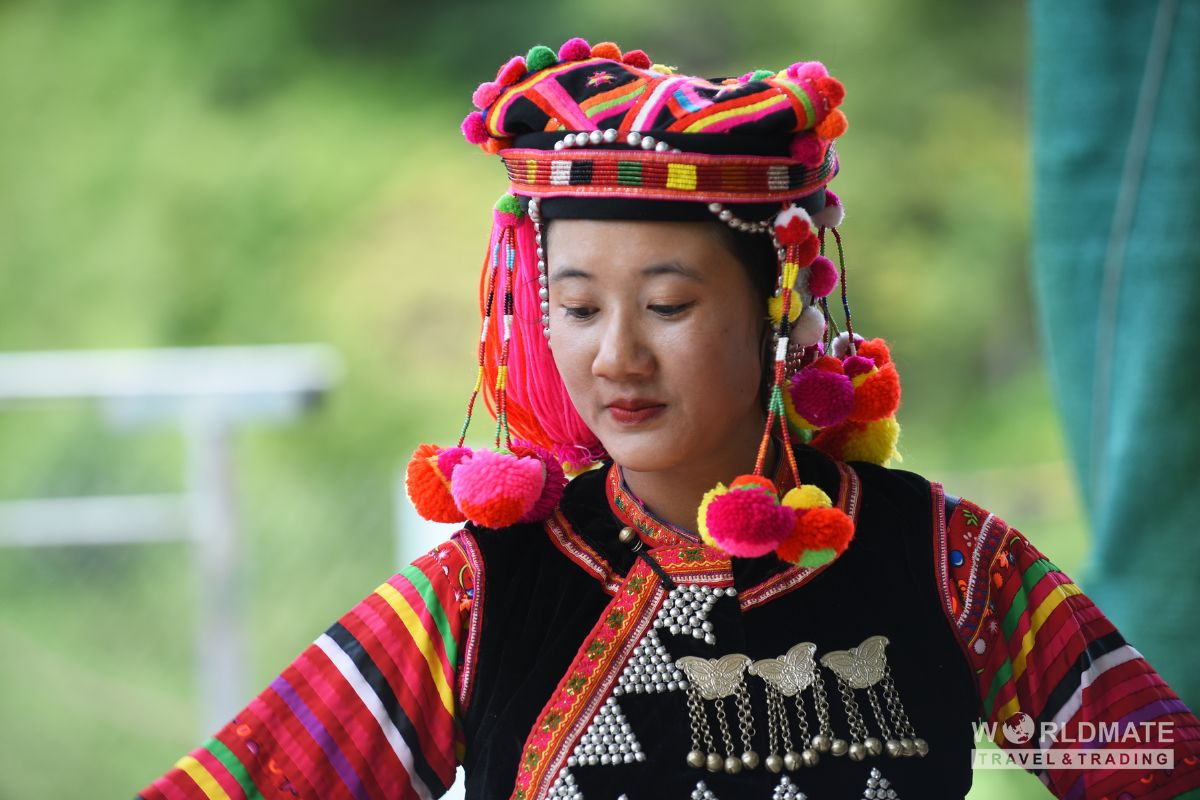
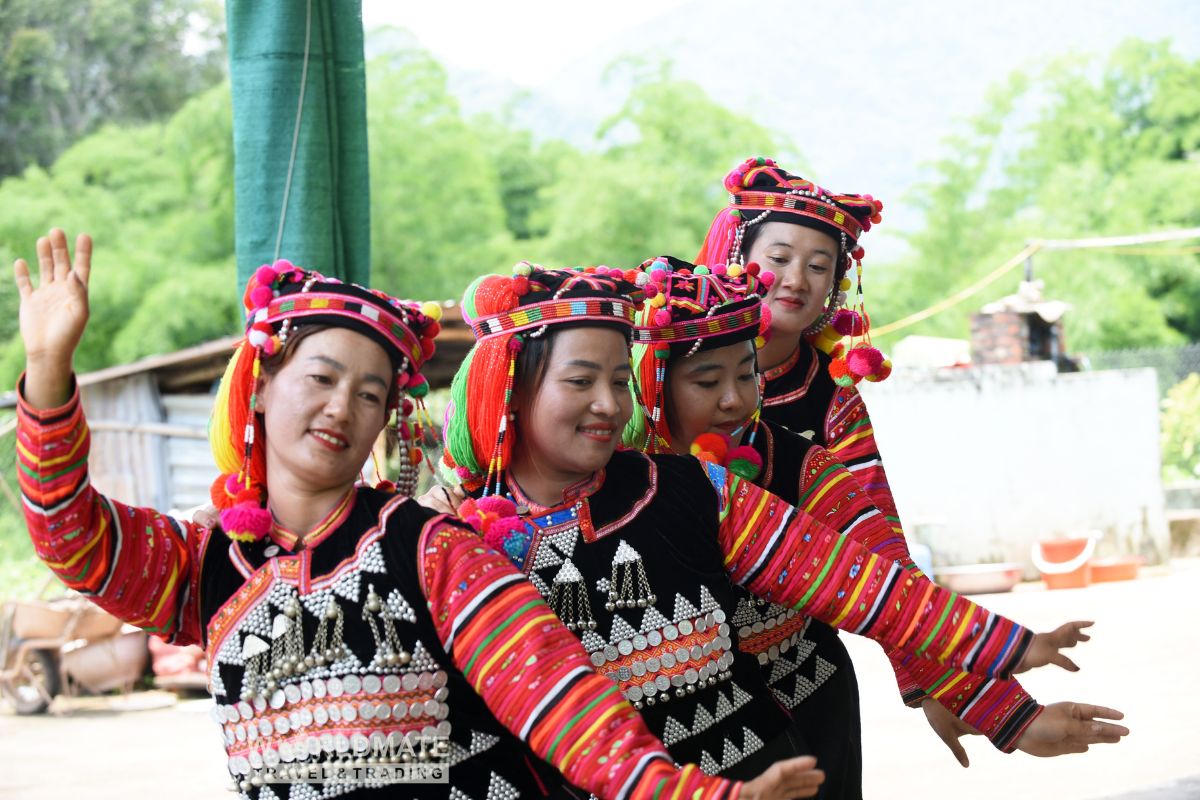
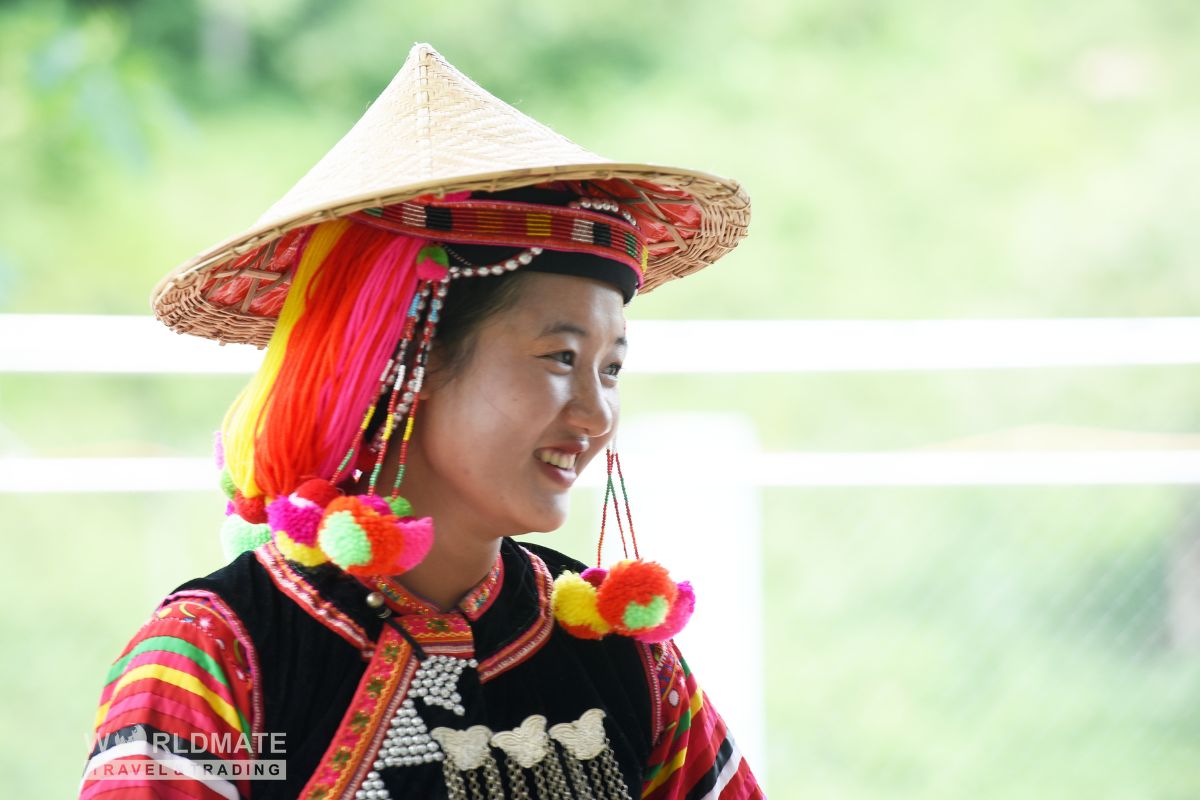
Even as modern life brings about many changes, the Hà Nhì people in Điện Biên still consider their traditional attire as their breath, their way of life, and their very essence. With this belief and spirit, they actively pass down and teach the beauty of traditional clothing to their descendants from one generation to another, aiming to enhance their pride and awareness of preserving and upholding the cultural values, including their traditional costumes.
Follow Tuấn Anh/VOV.VN
